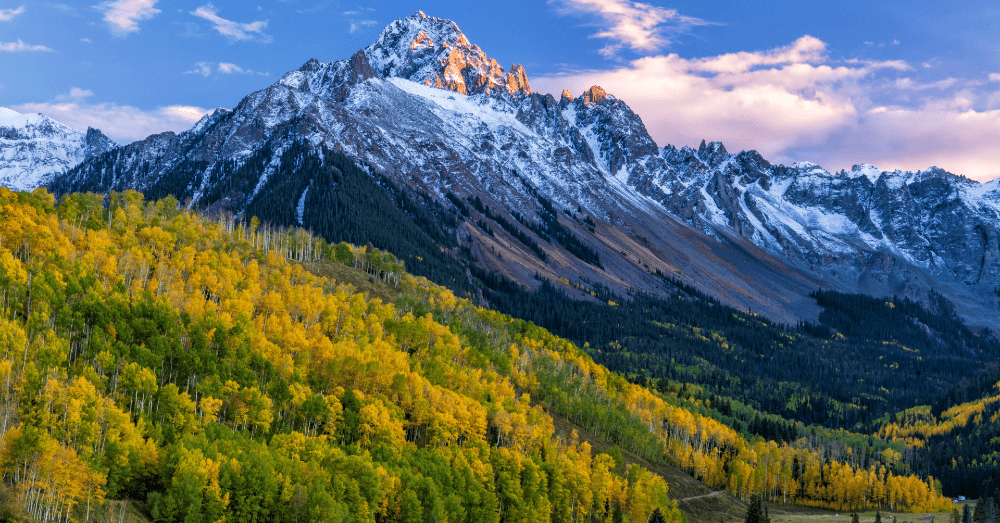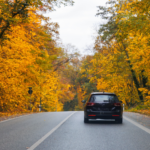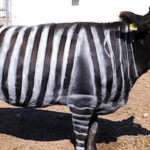
You know about National Parks, but did you know that you can also visit National Forests? There are distinct differences between these two things.
When you think about National Parks, you immediately consider preservation, conservation, and protection of the area with very little altering to the natural existing state. National Forests are much different. These areas are managed for several purposes, including timber production and replenishment, recreation areas, wildlife grazing fields, fish conservation and management, and much more. The goal is to sustain the health, diversity, and productivity of the Nation’s forests and grasslands to ensure they will remain healthy and viable for future generations.
A few of the National Forests you can visit and enjoy are:
Tongass National Forest
This massive forest in Alaska covers 16.5 million acres of area which is more than half as big as the state of North Carolina. This forest is known for the many trees in the area, including the Sitka Spruce, Western Hemlock, and Cedar trees. The area is diverse enough to support the glaciers and icefields as part of the forest. Many of the trees are remarkable for their size and longevity, with some of them dating back more than 800 years, which is incredible. Unfortunately, Tongass is one of the most exploited forests with clearcut scars and wide stretches that are being cut into.
Gifford Pinchot National Forest
This amazing forest in Washington is highlighted by the Mount St. Helens National Volcanic Monument. The unusual landscape of this forest includes tunnels and caverns formed into eons-old cooling lava. The 2.5-mile-long Ape Cave is popular with tourists to visit each year. There’s also a section of the Pacific Crest Trail that makes this forest popular with hikes. Gifford Pinchot has many rivers, lakes, and streams that are home to several varieties of fish, including Chinook Salmon, Coho Salmon, Steelhead Trout, Cutthroat Trout, and Rainbow Trout. While visiting this forest, you might see elk, black bears, mountain goats, and bobcats in the area.
Coconino National Forest
Head to Arizona and enjoy this amazing National Forest. This forest changes what you think of both Arizona and what a forest is supposed to be. Instead of millions of acres of trees, this forest has dramatic red rock formations and alpine tundra areas in the same space. The wildlife of the area comes in several varieties, and this forest is a great place for some fun outdoor recreation, such as hiking, horseback riding, fishing, and camping. There’s an important archaeological site at the top of an ancient Sinagua village at Elden Pueblo that signals the use of the area as a trading outpost during its history.
Pisgah and Nantahala National Forests
These forests in North Carolina are much more traditional than the Coconino that you see in Arizona. The North Carolina forests are located in the western part of the state and are well-known for the amazing fall foliage that you can enjoy each year. These two forests total nearly one million acres of the Blue Ridge Mountains, and they turn orange, red, and yellow each fall. The old-growth stretches of oak, hemlock, tulip, poplar, pine, sycamore, dogwood, and beech trees make for some picturesque hiking for visitors. These forests are great for fishing and other outdoor recreation, and more than 200 miles of the Appalachian Trail cuts through the forested area.
White Mountain National Forest
This incredible forest covers more than 800,000 acres of New Hampshire and it features some of the most incredible untamed beauty in the country. The Presidential Mountain Range is part of the White Mountain area, giving you a wonderful destination when you want to head to this Northeastern forest for a great time in the outdoors. Mount Washington could be the highlight of the region, with a peak of 6,288 feet high. Many hikers claim this forest area has “the world’s worst weather,” with wind speeds that can exceed 200 mph, and there could be as much as four feet of snow on the ground in only one day of snowfall. It might have rugged weather, but the White Mountains have some of the most beautiful wooded landscapes, featuring maple, oak, hemlock, pine, and birch trees in lower areas and spruce and fir trees at higher elevations. You could see moose, black bears, and peregrine falcons in the area.
These are just a few of the National Forests you could visit when you want to take a trip and spend some time in the outdoors. These forests are great places to enjoy several days of outdoor activities and experience what a National Forest has to offer.
This post may contain affiliate links, meaning we may earn a commission if you make a purchase. There is no extra cost to you. We only promote products we believe in.









